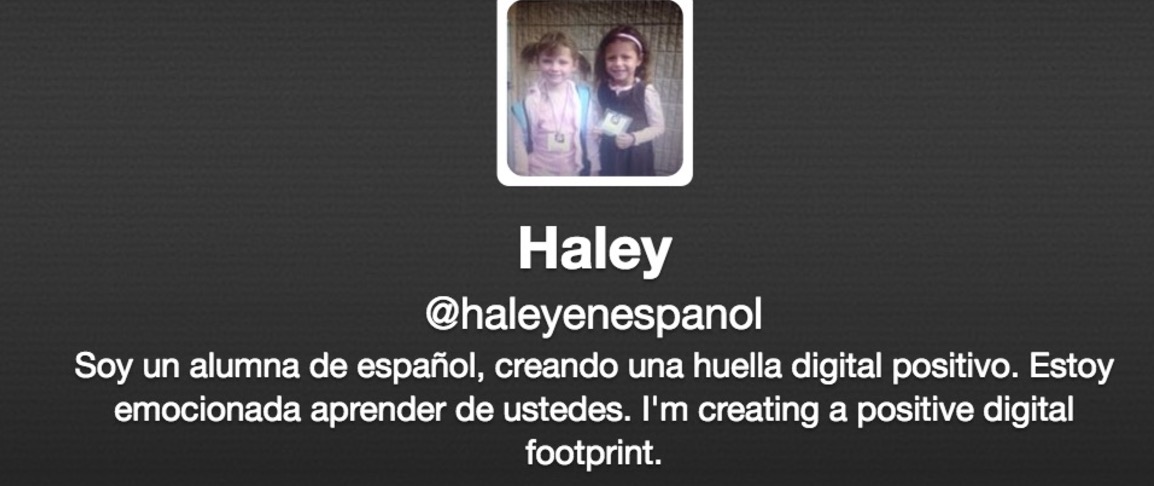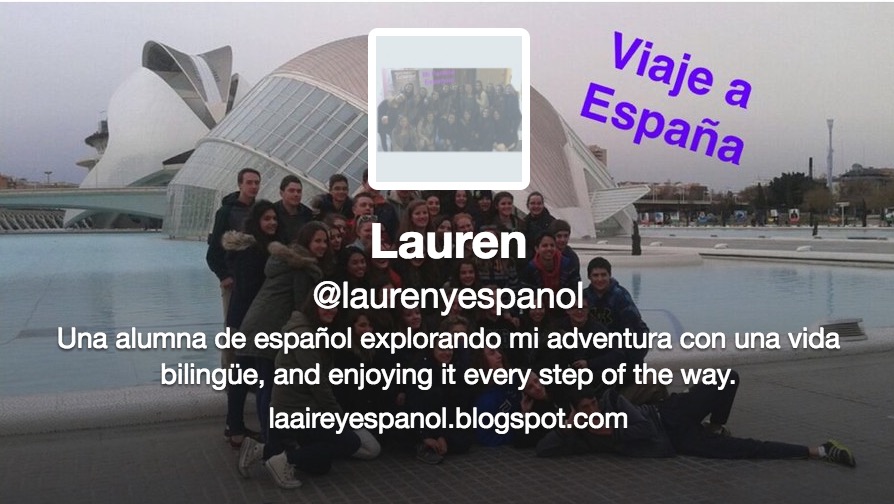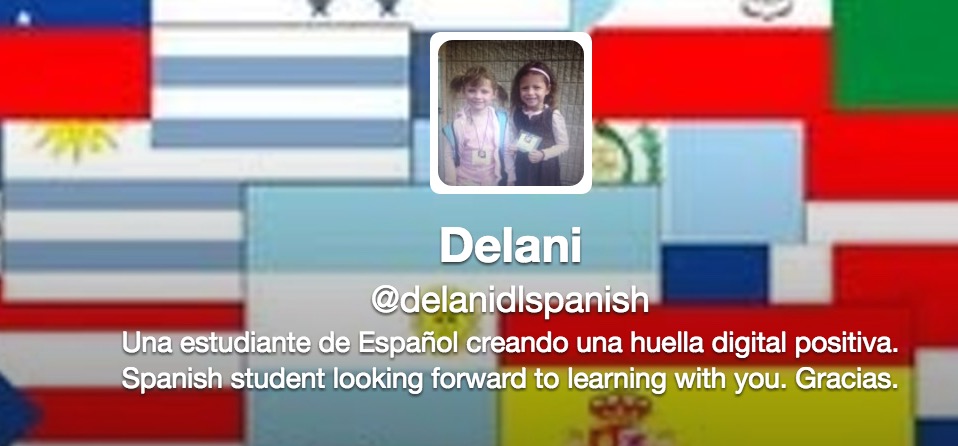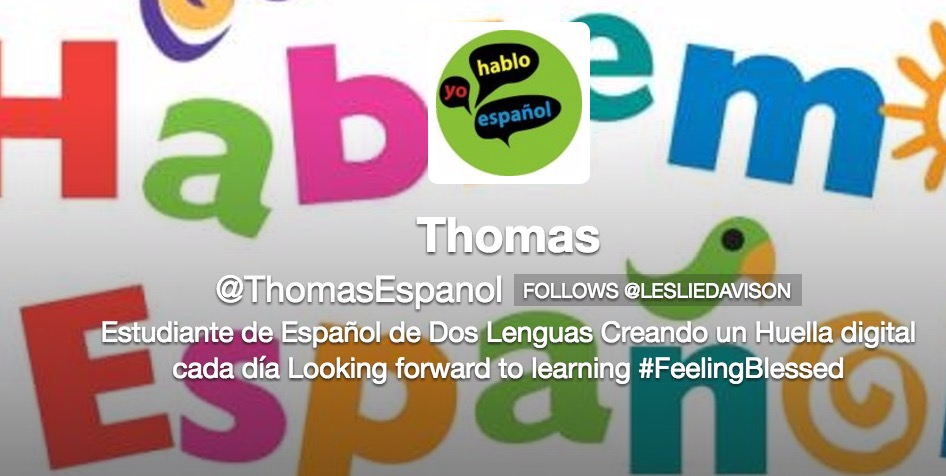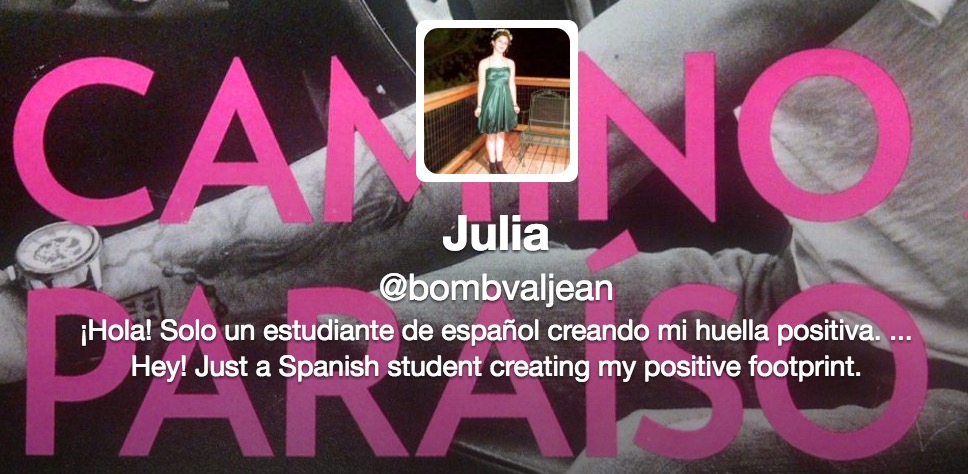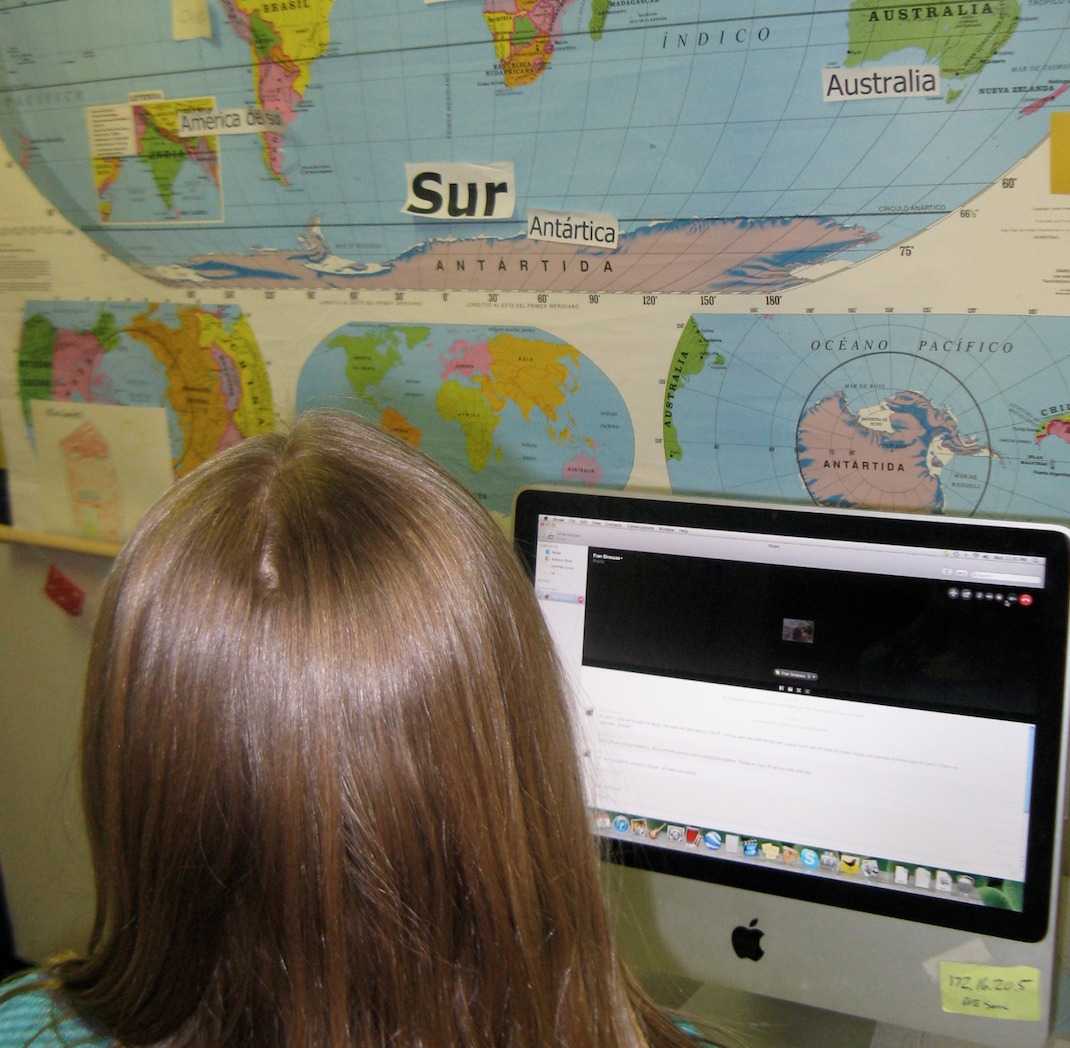Footprints ... en español
/This is my second year teaching a technology course to our grade 10 Dual Language (studying English and Spanish) students. We spend a large portion of the course learning how to create a digital footprint. Students are often hesitant to jump in. They have been exposed to the dangers and the what not to do discussion for years. The aim of the class is to help students cultivate a positive huella digital that will serve them today as well as in the future. Last week, students brainstormed reasons to create a positive healthy online presence.
- Help others (locally and around the world)
- Employment (now and in the future)
- Earn money (lots of examples of teens making 💰 online)
- Improve communication in Spanish and English
- Amor (a future girlfriend's parents will allow you (or not) to date their daughter💜)
- Connect with others about school, sports, hobbies, jobs, health, college, etc.
- Universities will see a more creative and comprehensive side of you
Additional Resources
What is your DQ?
10 Tips
Pinterest
What about Teachers?
Improve your Digital Footprint
One of our first #amigoweb Twitter Chats last fall.
Last year we created our own weekly Twitter chat. We revitalized #amigoweb which I saw online a few years ago. The idea is that teachers bring their students to a computer lab or use their Chromebooks to participate in a Twitter chat en español during class. Teams of students worked on topics that would be interesting to World Language students such as sports, holidays, food, music, etc. and created six questions to discuss during the 45 minute chat. The rest of the class also participated in the chat and encouraged others (from around the country or just down the hall) with replies and digital resources. Certainly, some chats were more engaging than others. We are learning to produce valuable content rather than just consume it so these chats give us a chance to practice. We will be starting our new #amigoweb chats in January and would love your class to join us. Dates and topics will be shared out in December.
Reflecting upon last year, I realized students needed a bit more guidance to be successful with their online content. So, this year, students created a rubric en español for our first tweets and online communication. We also worked on a profile for our twitter account. It is an awesome start but will take constant modeling and tweaking from me all year. Feel free to make a copy or alter the document to better suite your students needs. We would also appreciate feedback and how to make our rubric more effective if you or your students have suggestions. As always, please share your thoughts on students building their huellas.
Crafting their Twitter profile was their first experience sharing with the world.


